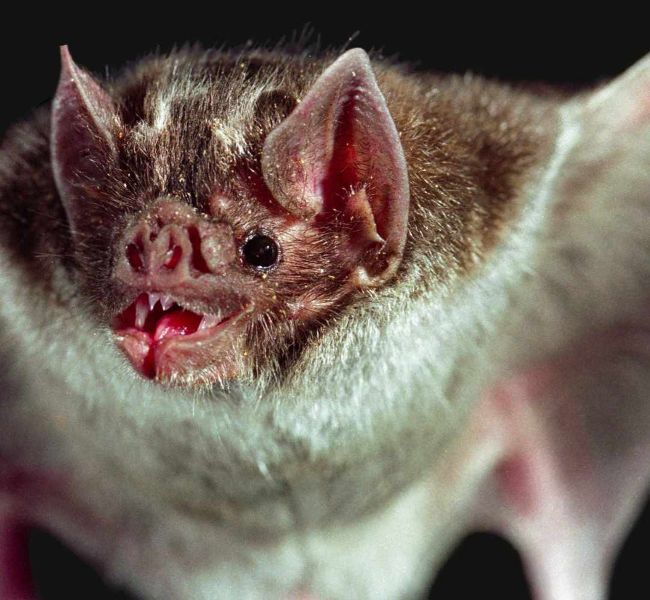THE EXPLAINER
THE SCIENCE OF MONSTERS
REAL-LIFE EXPLANATIONS FOR THE CREATURES THAT HAUNT OUR IMAGINATIONS
Tales of fantastical beasts and supernatural beings are as old as human history. From werewolves and vampires to yetis and deep-sea monsters, mythical creatures have inspired countless folk tales and works of culture – not to mention some elaborate hoaxes. They have also driven many intrepid explorers into the wilderness, in the hope of gathering definitive proof of the existence of such beings. Several have been identified as real species, some have been confirmed as fiction, and still others remain the subject of passionate debate. Creatures not yet described by science are known as cryptids – denoting their ‘hidden’ status – and the study of these mysterious animals is cryptozoology. But what’s the real science behind mythical creatures?
THE EXPLAINER

ALAMY, GETTY IMAGES X2
Vampires

The vampire bat of the Americas drinks blood, but vampire legends predate Columbus
Vampires have been depicted many times in literature, film and television. But scientists have speculated that the legend originated in one of several very real medical conditions.
The most commonly cited is porphyria, a rare group of disorders that cause irregularities in the production of haem (or heme), a molecule found in blood. Porphyria leads to the build-up of toxins in the skin, rendering sufferers sensitive to light and causing deterioration of the lips and gums, possibly explaining portrayals of vampires as fanged or facially disfigured.
Another suggestion is that descriptions of vampires echo some symptoms experienced by people suffering from tuberculosis, including pale skin and blood around the mouth. Tuberculosis is highly contagious, perhaps leading to the belief that vampirism is transmitted by drinking blood.